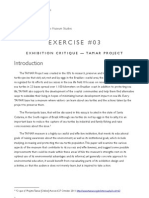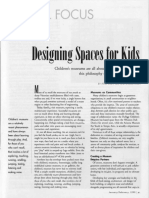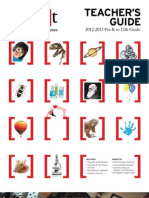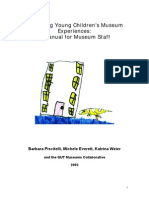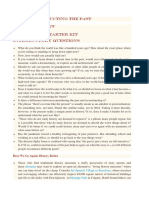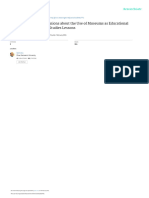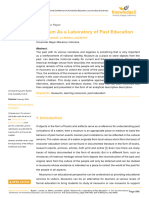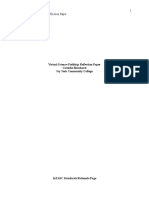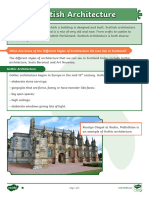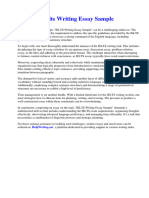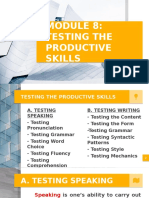0% found this document useful (0 votes)
17 views9 pagesMuseum Place-Based Education Cases
The article discusses how three museums—Pratt Museum in Alaska, Wing Luke Asian Museum in Seattle, and College of Eastern Utah Prehistoric Museum—have successfully implemented place-based education to engage their communities. By adapting their programs and exhibits to reflect local heritage and community involvement, these museums have enhanced their relevance and impact. The authors highlight the importance of community participation in museum programming as a means to foster a sense of place and identity.
Uploaded by
Camden RobinsonCopyright
© © All Rights Reserved
We take content rights seriously. If you suspect this is your content, claim it here.
Available Formats
Download as PDF, TXT or read online on Scribd
0% found this document useful (0 votes)
17 views9 pagesMuseum Place-Based Education Cases
The article discusses how three museums—Pratt Museum in Alaska, Wing Luke Asian Museum in Seattle, and College of Eastern Utah Prehistoric Museum—have successfully implemented place-based education to engage their communities. By adapting their programs and exhibits to reflect local heritage and community involvement, these museums have enhanced their relevance and impact. The authors highlight the importance of community participation in museum programming as a means to foster a sense of place and identity.
Uploaded by
Camden RobinsonCopyright
© © All Rights Reserved
We take content rights seriously. If you suspect this is your content, claim it here.
Available Formats
Download as PDF, TXT or read online on Scribd
/ 9




